Google publishes green energy metric for cloud customers
Google Cloud's CFE% metric shows the percentage of renewable energy powering applications at each region
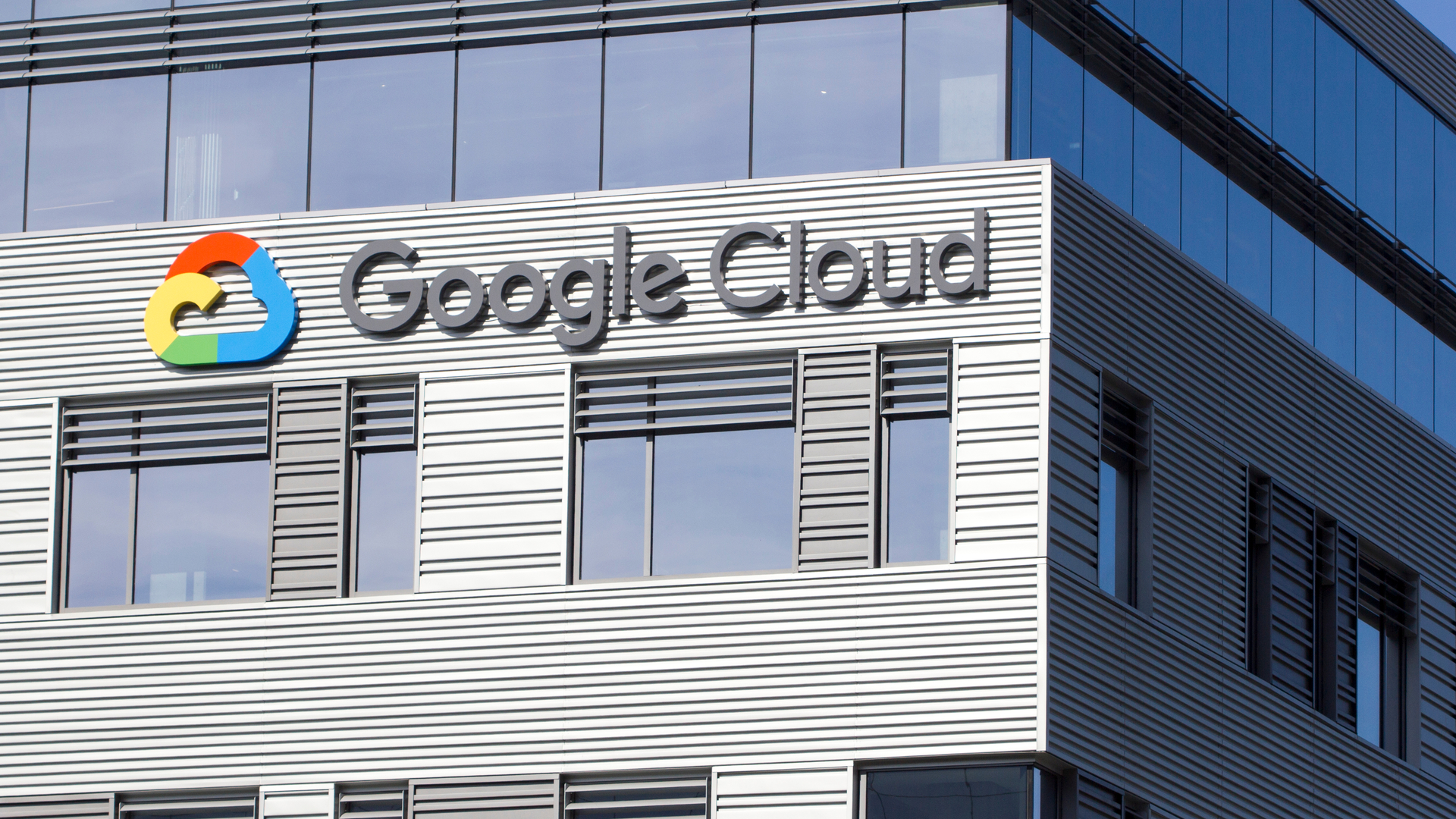

Google Cloud has launched the Carbon-Free Energy Percentage (CFE%), a metric that allows customers to find its greenest data centers.
The CFE% provides climate-conscious customers with a number that reflects the average mix of carbon-free and fossil-fuel energy that is used to power Google's data centers in each region. The higher the percentage, the more carbon-free power was used at that particular region.
For example, Google's Iowa data center has a CFE% of 78%, which means that data center applications in this region are, on average, running on carbon-free energy more than three-quarters of the time.
Google began buying enough carbon credits and renewable energy to offset its fossil fuel usage in 2007, and since 2017, the company had purchased enough solar and wind energy to match 100% of its global electricity consumption
However, like most technology firms striving for a green cloud the company still uses fossil fuels to power some of its operations. In September 2020, Google announced plans to abandon fossil fuels completely by 2030, using renewable energy for each local data enter drawn from the same regional grid.
Today's announcement helps track the company's progress. Each CFE% metric is calculated hourly by monitoring which power plants are feeding the grid, along with the amount of clean energy that Google is contributing.
The data also shows the regional grid's carbon intensity by calculating carbon emissions per unit of energy from that regional grid.
Get the ITPro daily newsletter
Sign up today and you will receive a free copy of our Future Focus 2025 report - the leading guidance on AI, cybersecurity and other IT challenges as per 700+ senior executives
The company doesn't yet have data to cover all its regions, with most of its Asian sites missing. However, the figures show Europe and the US outperforming Asia and Australia, reflecting the advances made in renewable energy in the West. While Taiwan has a CFE% of 19% and Singapore just 3%, Oregon - the leading region - has 89%.
Still, not all US regions were equal. South Carolina lagged at 19%, while Las Vegas limped on 13%. The company's Sydney data center also under-performed compared to most of Europe and North America with a CFE% of just 11%.
Google advises customers concerned about green energy to use this data, along with the cloud's ability to move workloads around. Assuming data residency requirements allow it, companies can pick cleaner regions for new applications and batch jobs and can also use policies to restrict the regions they use, helping them to meet their own internal guidelines.
Google's wasn't the only big tech energy announcement this week, as Apple also announced that it has helped to create 1.2 gigawatts of energy via its green bonds.
The company began releasing these bonds, which fund environmental projects to reduce its carbon footprint, in 2016. It has now committed $4.7 billion to the bonds, which complement its Clean Energy Program. Apple funded a total of 17 green bond projects last year, which will eliminate an average of 921,000 metric tons of carbon emissions annually, it said.
Danny Bradbury has been a print journalist specialising in technology since 1989 and a freelance writer since 1994. He has written for national publications on both sides of the Atlantic and has won awards for his investigative cybersecurity journalism work and his arts and culture writing.
Danny writes about many different technology issues for audiences ranging from consumers through to software developers and CIOs. He also ghostwrites articles for many C-suite business executives in the technology sector and has worked as a presenter for multiple webinars and podcasts.
-
 Should AI PCs be part of your next hardware refresh?
Should AI PCs be part of your next hardware refresh?AI PCs are fast becoming a business staple and a surefire way to future-proof your business
By Bobby Hellard Published
-
 Westcon-Comstor and Vectra AI launch brace of new channel initiatives
Westcon-Comstor and Vectra AI launch brace of new channel initiativesNews Westcon-Comstor and Vectra AI have announced the launch of two new channel growth initiatives focused on the managed security service provider (MSSP) space and AWS Marketplace.
By Daniel Todd Published
-
 National Grid investment wing backs AI startups to boost energy efficiency
National Grid investment wing backs AI startups to boost energy efficiencyNews National Grid Partners, the venture capital and innovation arm of the UK utility firm, has unveiled plans to invest $100 million in AI startups in the energy field.
By Emma Woollacott Published
-
 Scientists say they can cut data center energy use by changing just a few lines of code
Scientists say they can cut data center energy use by changing just a few lines of codeNews Researchers at Canada's University of Waterloo have found a way to reduce data center energy use by making alterations to the Linux Kernel to improve network traffic processing.
By Emma Woollacott Published
-
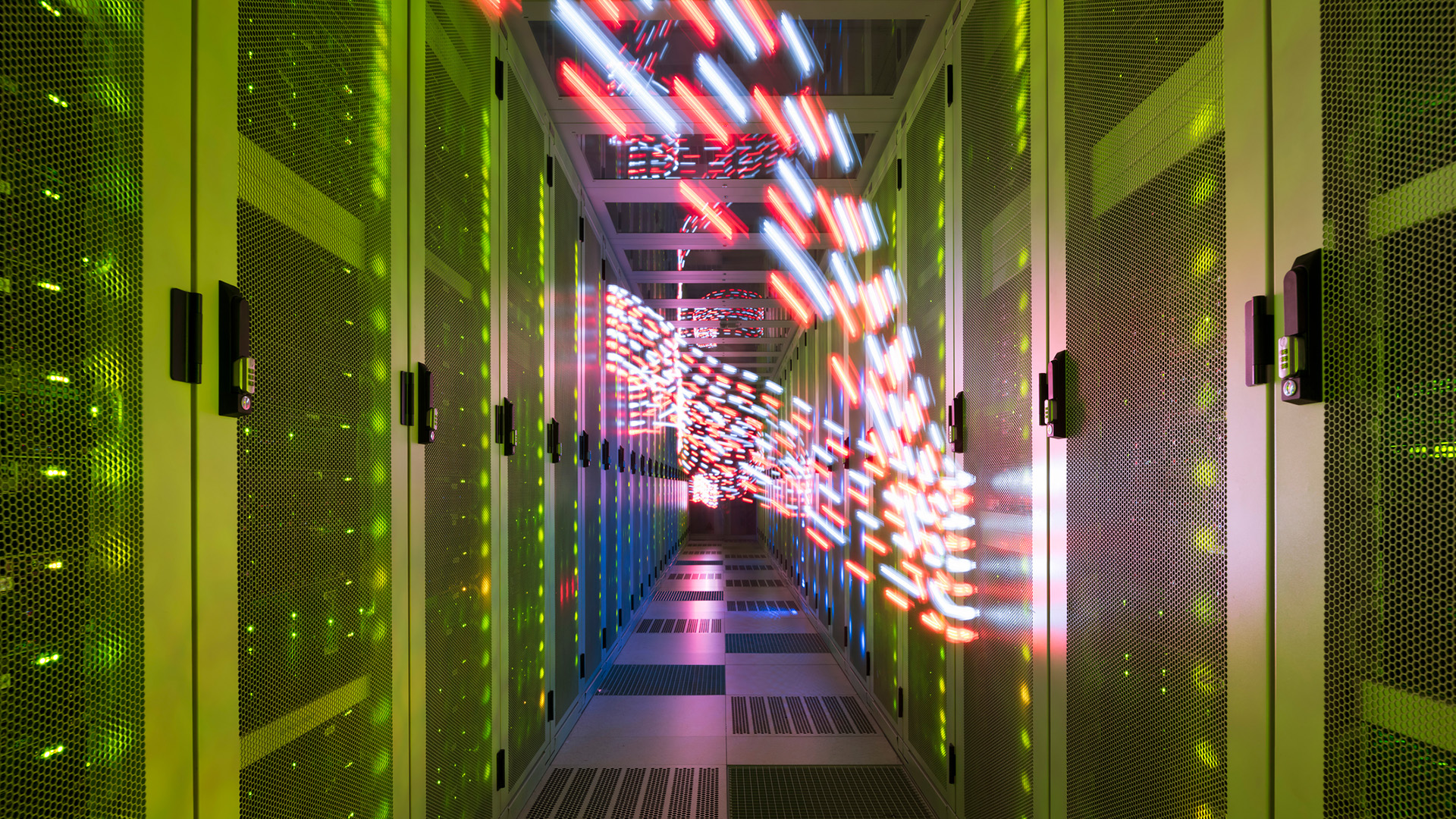 “Significant concerns” raised over impact of data center growth on regional energy grids
“Significant concerns” raised over impact of data center growth on regional energy gridsNews Scenarios for AI energy consumption in the next decade show potential capacity issues
By Solomon Klappholz Published
-
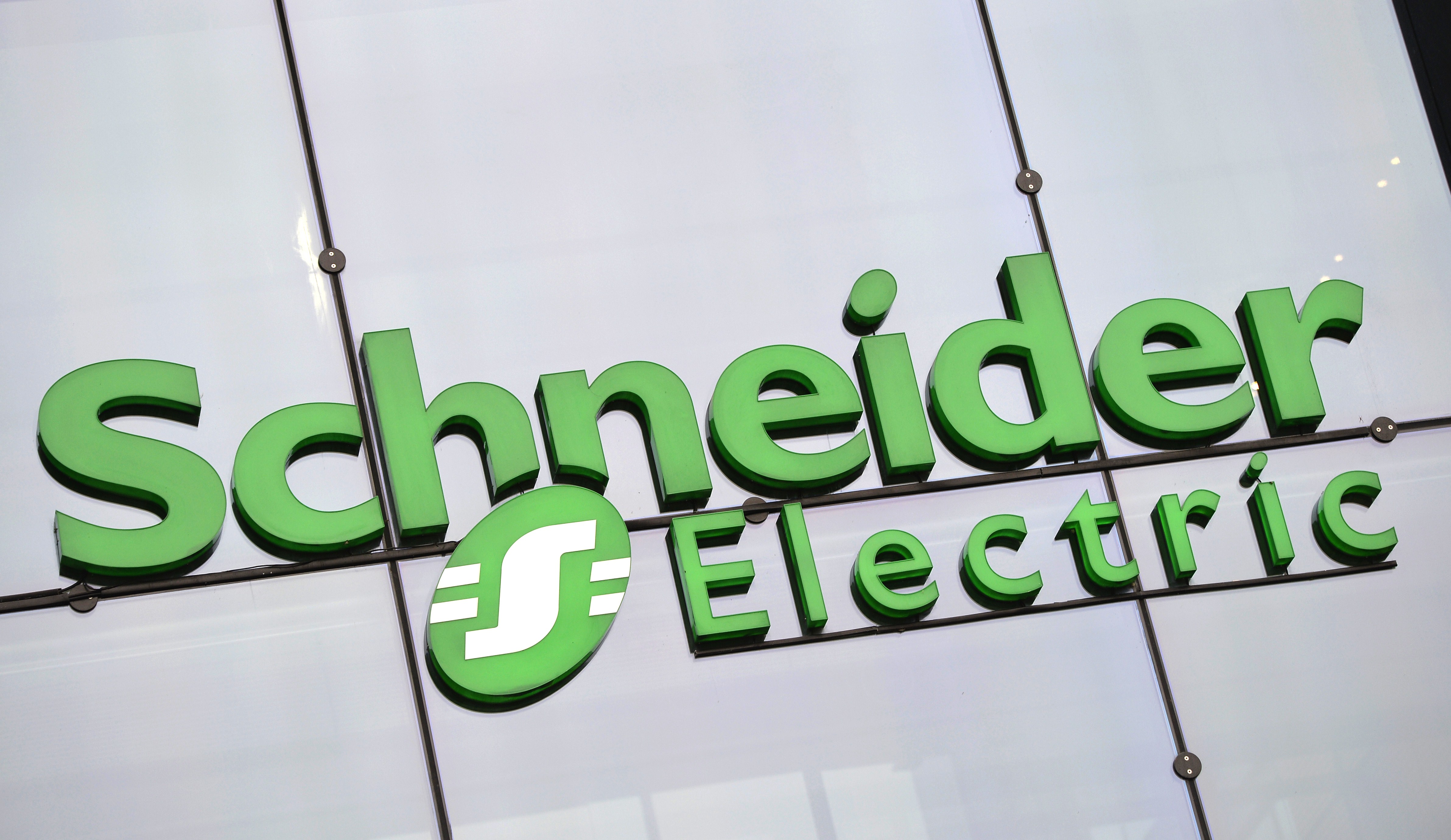 The AI disruption: Challenges and guidance for data center design
The AI disruption: Challenges and guidance for data center designWhitepaper Energy Management Research Center
By ITPro Published
-
 Cutting power bills and emissions with a modernized and efficient IT infrastructure
Cutting power bills and emissions with a modernized and efficient IT infrastructurewhitepaper Driving a rethink of how to build and operate our IT platforms
By ITPro Published
-
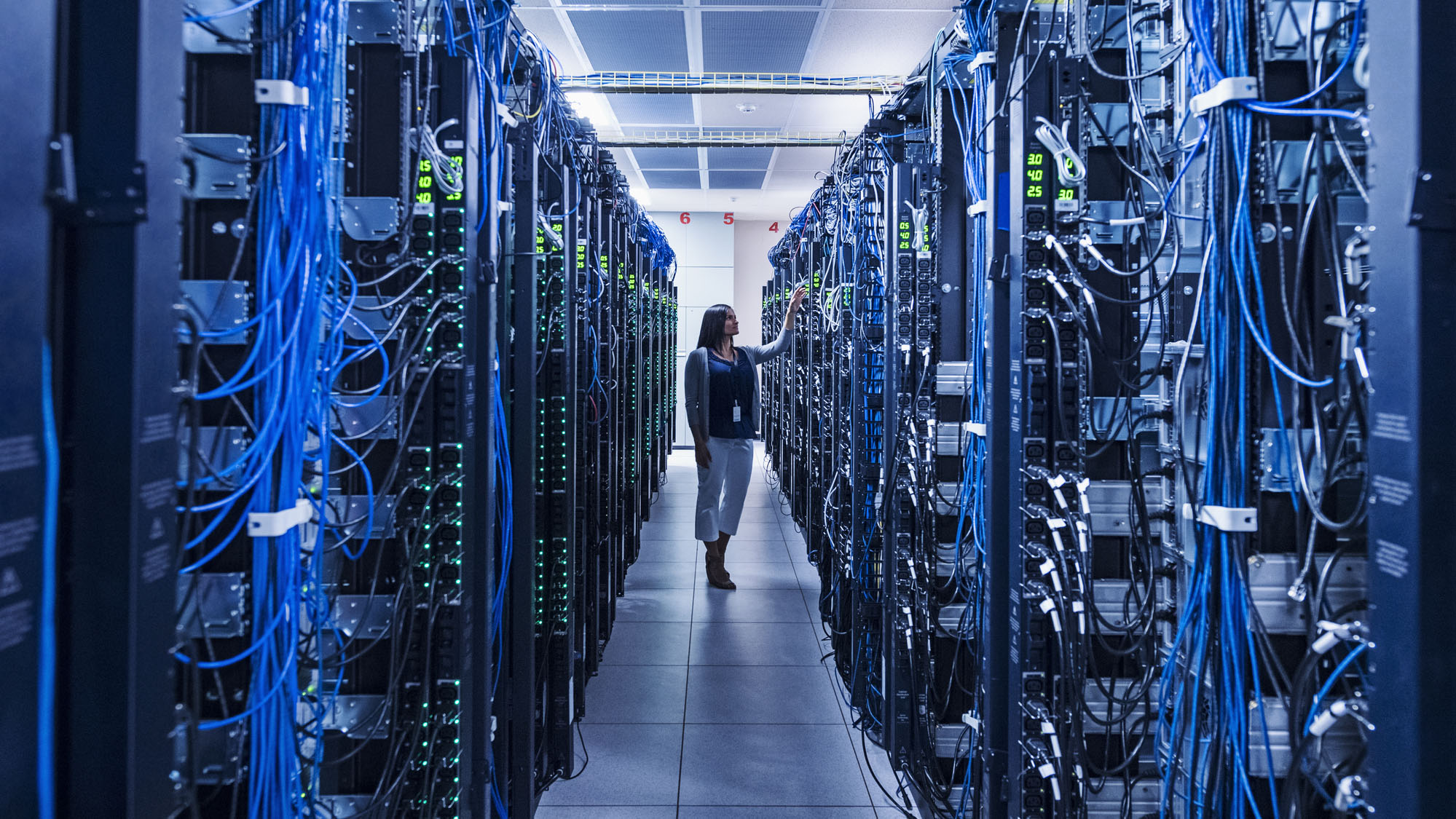 Why energy efficiency could be key to your business’ success
Why energy efficiency could be key to your business’ successSupported editorial An energy efficient data center setup can help save on bills, but the benefits don’t have to stop there
By ITPro Published
-
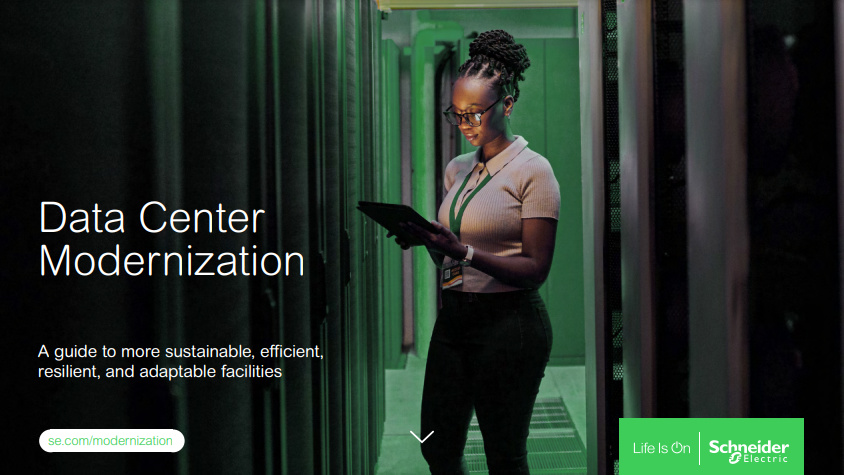 Shaping your sustainable data center
Shaping your sustainable data centerwhitepaper A guide to more sustainable, efficient, resilient, and adaptable facilities
By ITPro Published
-
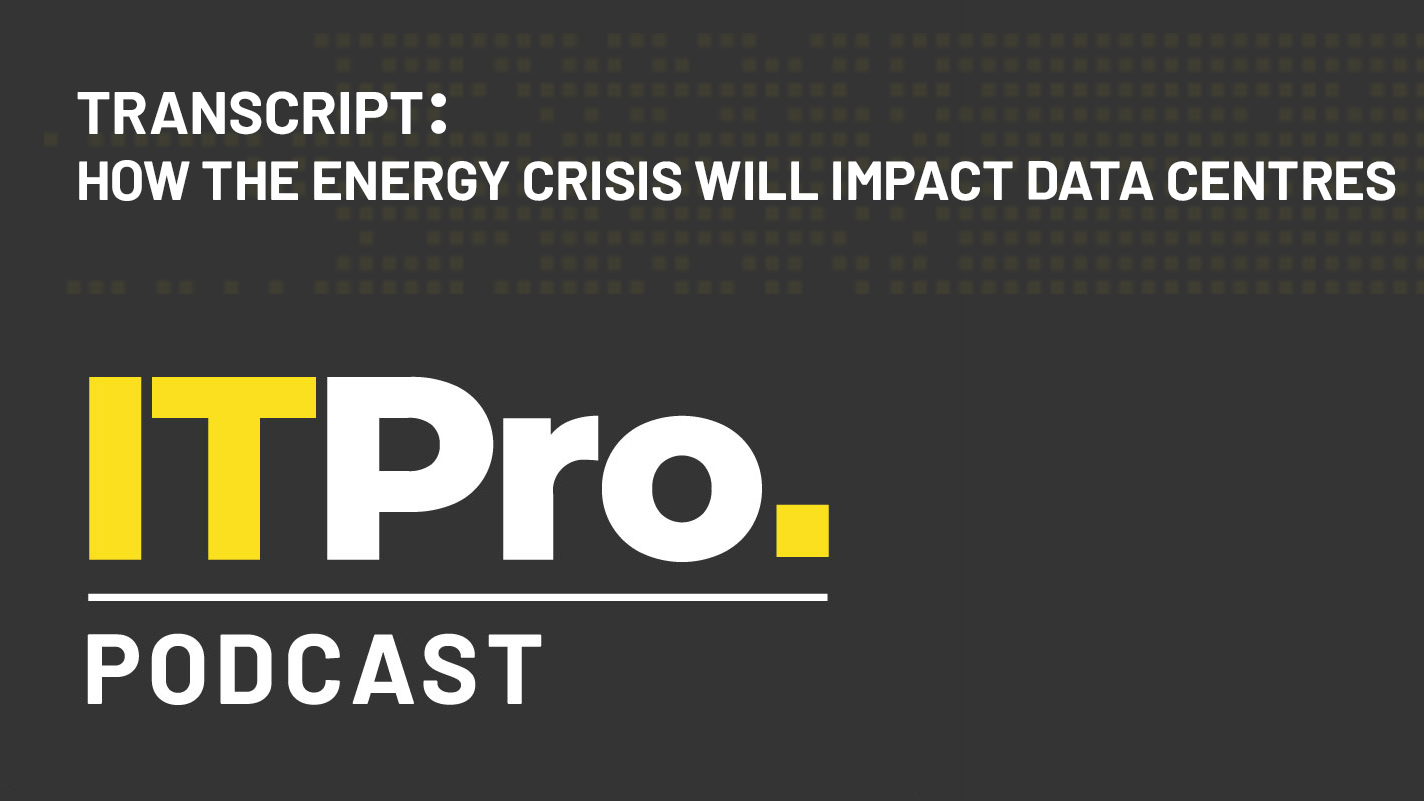 Podcast transcript: How the energy crisis will impact data centres
Podcast transcript: How the energy crisis will impact data centresIT Pro Podcast Read the full transcript for this episode of the IT Pro Podcast
By IT Pro Published